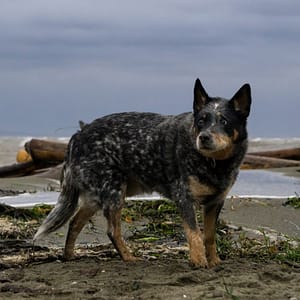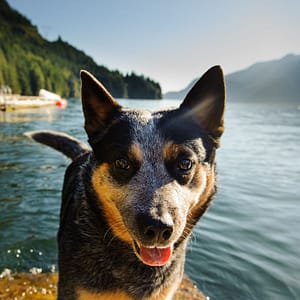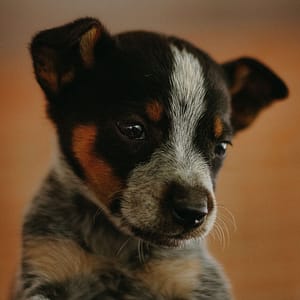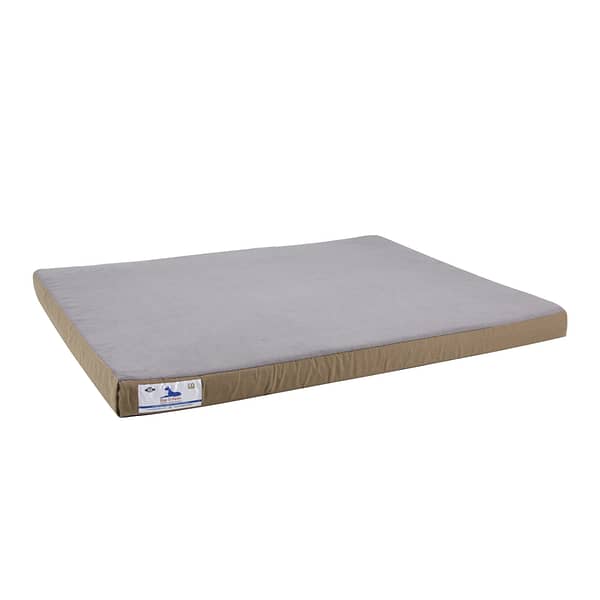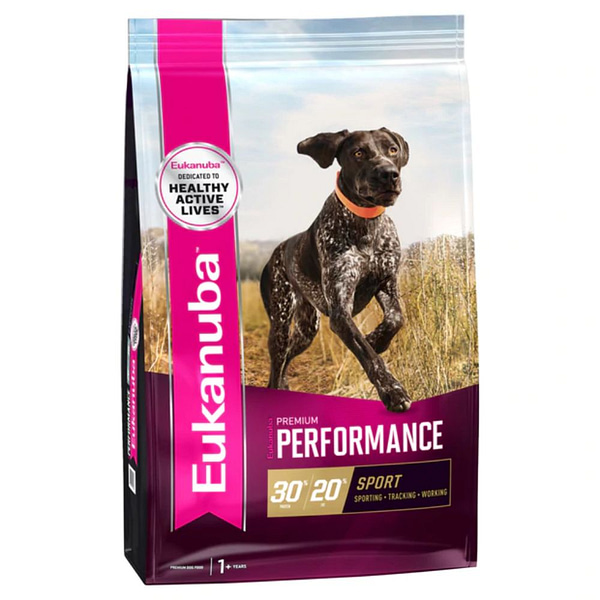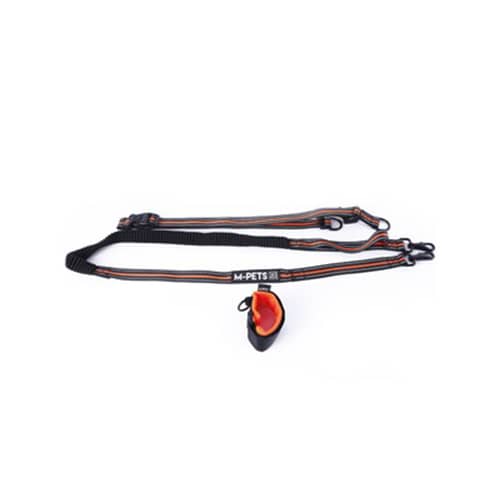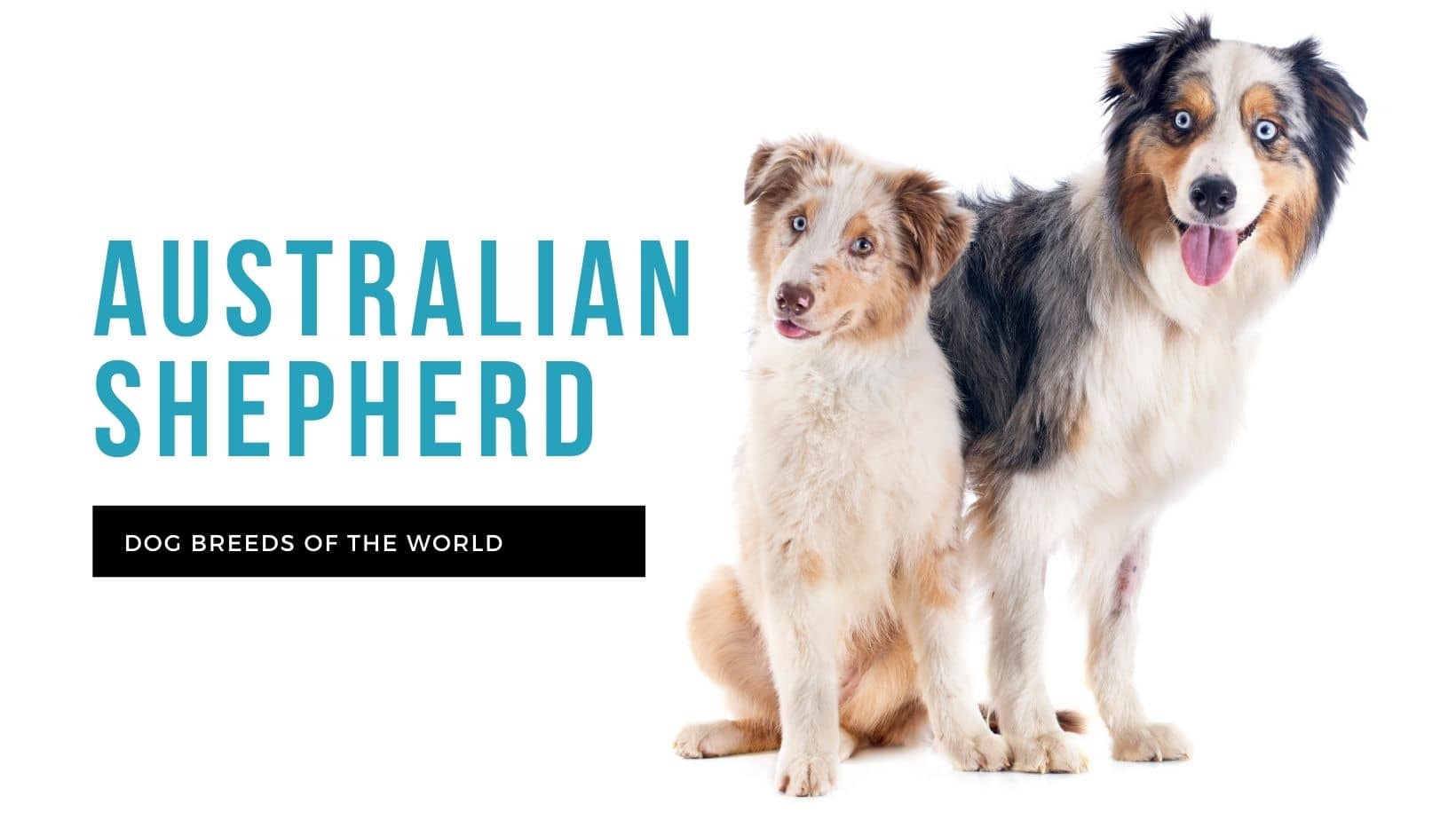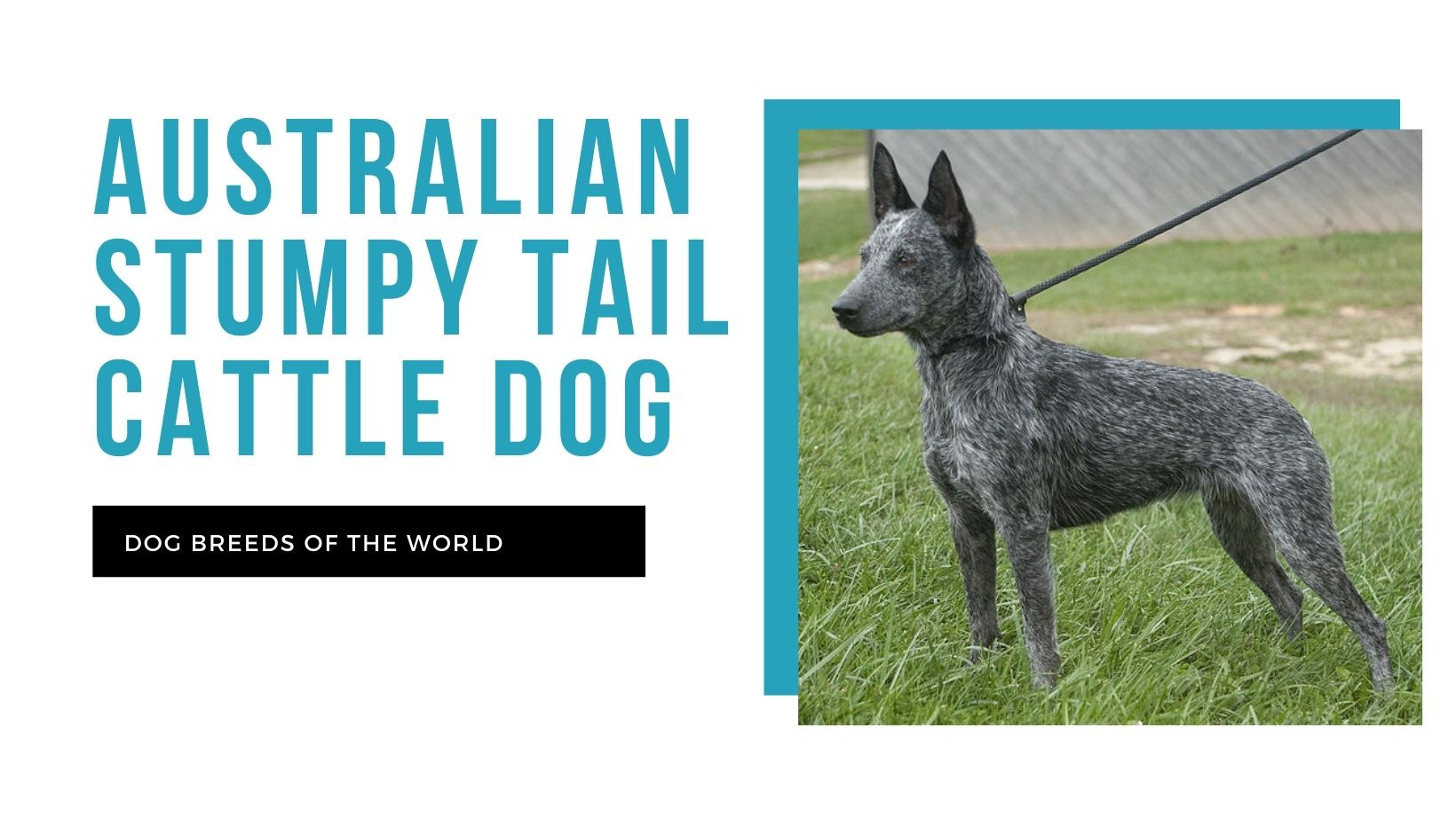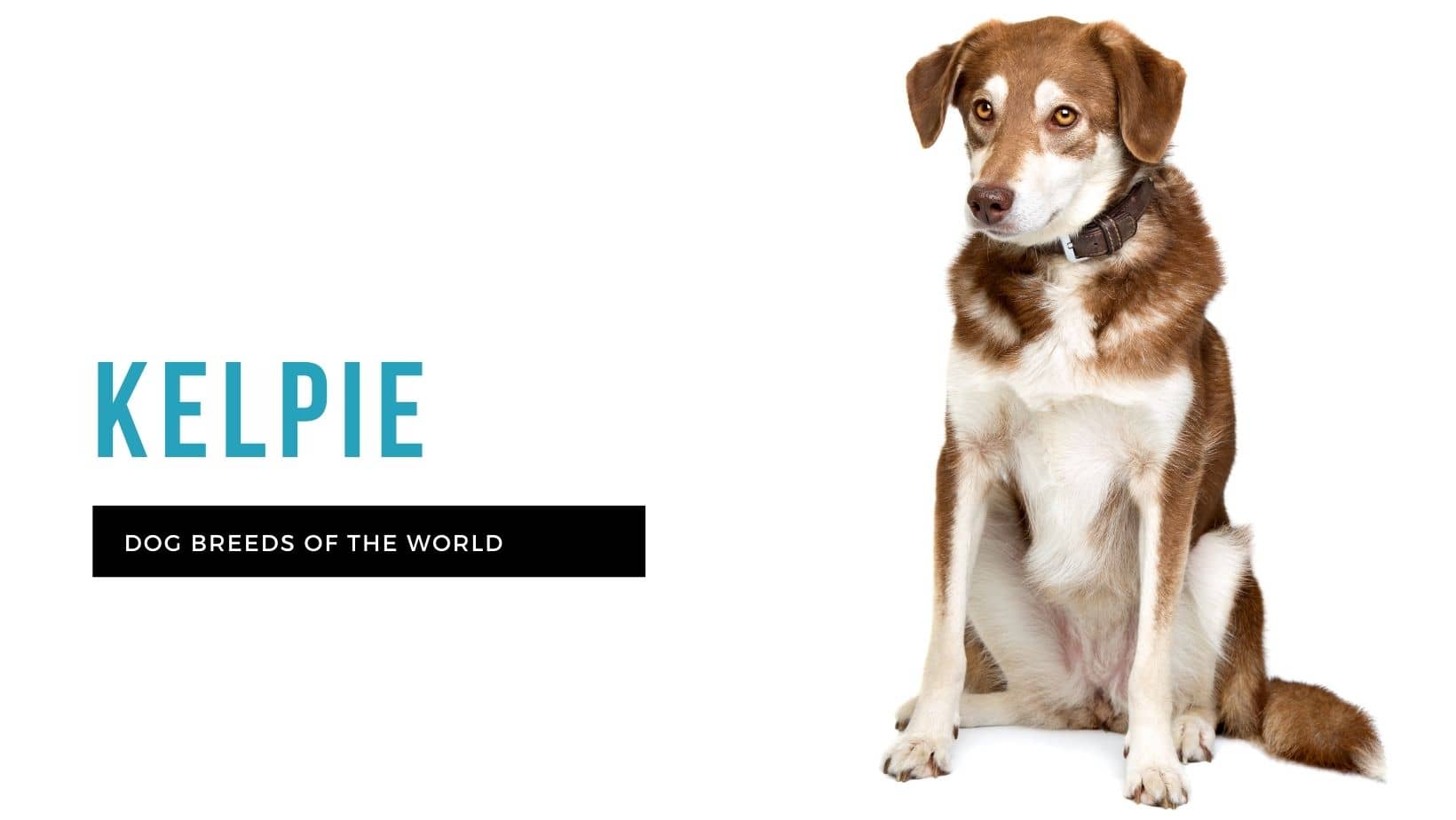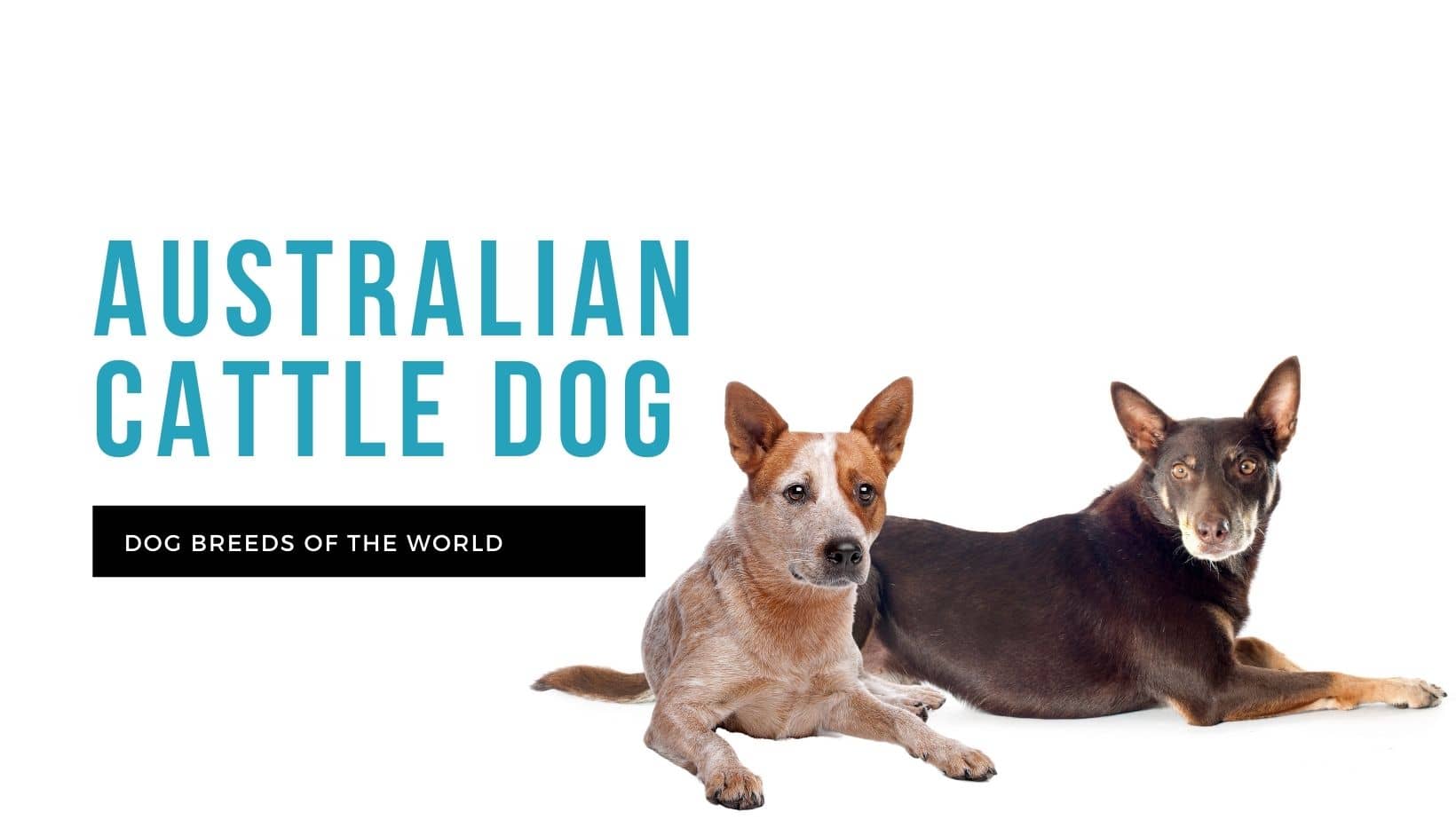
If you want a workaholic dog who is also intensely loyal to his one chosen person, requires full-time entertainment and energy expenditure, and has a pastime of herding your other pets as well as small children by biting them on the heels, then perhaps the Australian cattle dog (or blue heeler) is the dog for you. If you only have a small yard and not much free time… then he is not.
In the top 10 of intelligent dog breeds, the Australian cattle dog is easily trainable, but only because he just wants something to doooooo… He bonds very closely with one owner and will spend all his time by your side, which makes him an excellent candidate for agility training if you don’t happen to own a cattle farm.
History
Developed during a complex time in Australia’s history, the early ancestors of the Australian cattle dog’s lineage came from a very different English climate and were not well adapted to the harsh conditions of the Australian grasslands. In the early 19th century, Anglo-Australians began to move inland in order to establish beef cattle ranches – it was here that they needed herding dogs that could handle the climate and were up to the task.
A dog known as the Smithfield was brought from England, but it could not handle the climate extremes and vast distances it was required to cover as a drover dog, especially on a much harsher terrain than he was used to. A cattle farmer, Thomas Hall, took the task upon himself to breed a dog that was suited to the work, the climate and the landscape. The perfect match for the lowly Smithfield was Australia’s feral dingo – a cross that was tempered over time with just the right mix of breeds. Initially called the ‘Hall’s heeler’, this early dog was only the start of things to come. Breeders aimed for a tough, hard-working companion who could take his own initiative and be trusted with the job of herding. The dark-coated ‘blue heeler’ caught the eye of environmentalist and canine authority Robert Kaleski. As a writer, he maintained a record of blue heeler breeding patterns and even wrote the early breeding standard for the dog, which was adopted in Queensland. Successful breeding and a sharp rise in popularity of this dog meant that one of its adopted nicknames was the ‘Queensland blue heeler’.
Australian cattle dogs were imported into the USA in the late 1940s, but only properly admitted to the American Kennel Club in 1980. A small group of enthusiasts imported the breed into Canada in the late 1980s, and into the UK at around the same time.
Temperament
Very intelligent, independent, agile and hardy, the Australian cattle dog is born to work, and if he can’t work, he just wants to run and find something to do to direct his mental agility! Hyper alert, attached to one owner and eager to please, the ACD is easy to train, but he does require consistency and lots of work! He’s not so keen on strangers, which makes him a good guard dog, but he is not big on barking. He needs to be challenged physically and mentally, so just make sure he doesn’t get bored or you may come home to some destruction.
Health
Built for hardiness, the Australian cattle dog is generally quite healthy, but the breed is known for three particular conditions. Responsible breeders are actively trying to breed out these genetic conditions:
- Deafness – Deafness in the ACD has been linked to coat colour, and dogs who exhibit deafness should not be bred.
- Hip dysplasia – This is present when the head of the femur does not fit properly in the hip socket. These dogs should not be bred.
- Progressive retinal atrophy (PRA) – The eyes gradually deteriorate and dogs will first become night blind before their daytime vision deteriorates. Dogs with PRA can generally live with a good quality of life – just don’t move the furniture around too much.
Exercise Requirements
The super active, highly energetic Australian cattle dog will keep owners on their toes. They are best suited to large tracts of land – like farms or plots – or should at least be walked and worked for a large portion of the day. Like many dogs in the Herding Group, Australian cattle dogs need to do a job in order to be properly exercised and to feel fulfilled and mentally stimulated. If he can’t herd cattle or do the farm work he was bred to do, the next best thing is agility training – an activity that uses the dog’s intense drive and limitless energy.
The Australian cattle dog is not a pack dog (like the Siberian husky) and prefers to work on his own and to bond with one owner. If you have other dogs, he may express jealous behaviour and his nipping instinct could cause fights. However, with enough and consistent socialisation from as young as possible, the wilful Australian cattle dog can learn to feel less threatened in a group situation, and to get along with his ‘pack mates’ – even cats. Nipping and biting is in his DNA, so during socialisation he needs to learn not to nip at people, especially children. This tendency can be curbed by teaching him to only chew on sturdy toys.
Grooming Requirements
The Australian cattle dog’s double coat is smooth, yet it protects him from weather extremes. He does shed moderately throughout the year, but blows his undercoat twice a year during which time his usual weekly brushing becomes a daily task. Keep the vacuum cleaner close by. He will need only an occasional bath when he gets dirty or smelly.
His teeth should be brushed a few times a week to keep any tartar at bay and to maintain good oral hygiene. Trim his nails every two to four weeks – they should not be heard clicking on the floor.
Ratings
Friendliness to other pets
Friendliness to strangers
Behaviour towards children
Statistics
| Size |
Medium |
| Type |
Herding Group |
| Average adult weight |
18 kg |
| Average adult height |
48 cm |
| Average life span |
14 years |
| Breed family |
|
| Area of origin |
Australian |
Gallery
Product suggestions
Similar breeds


